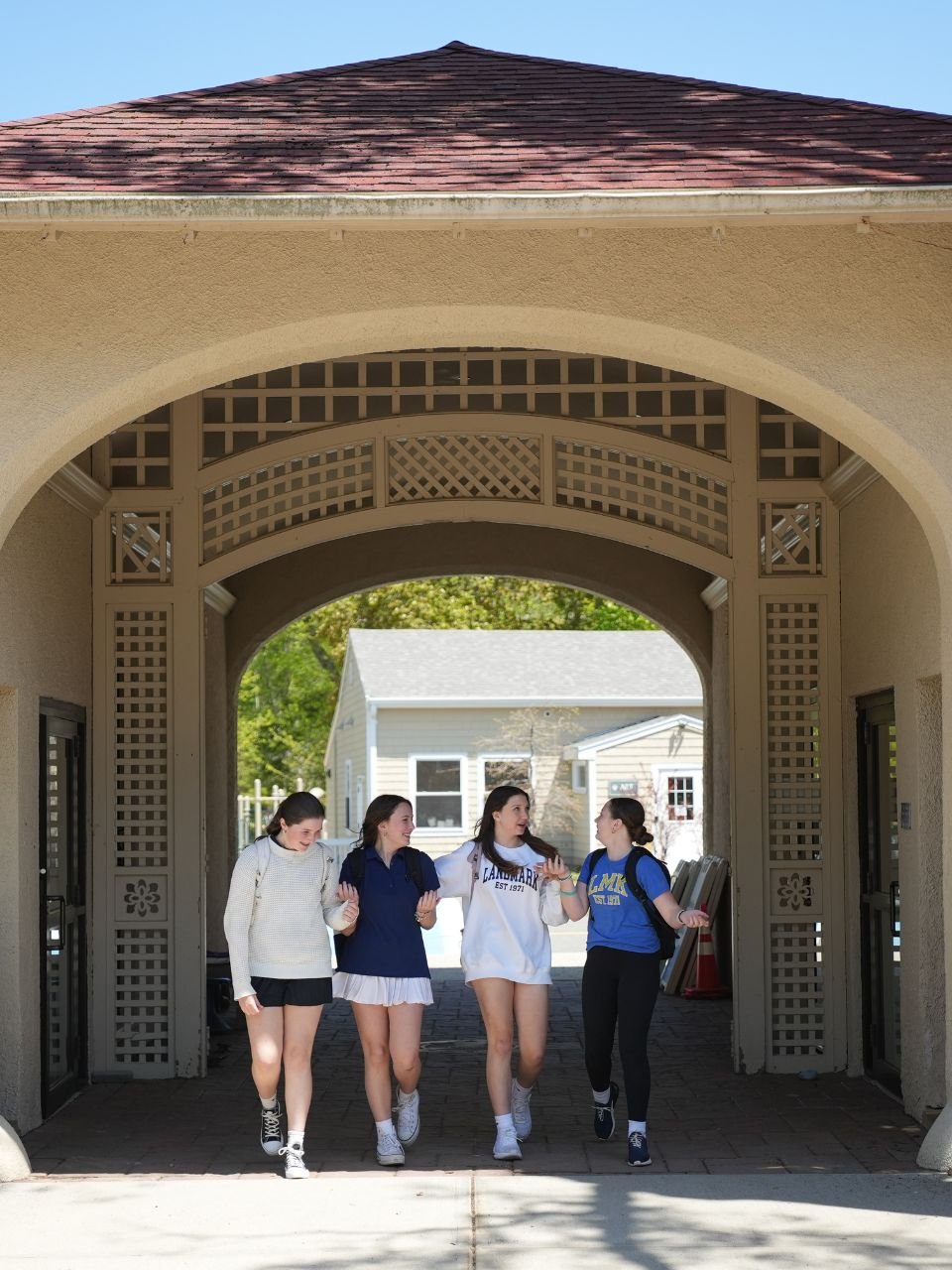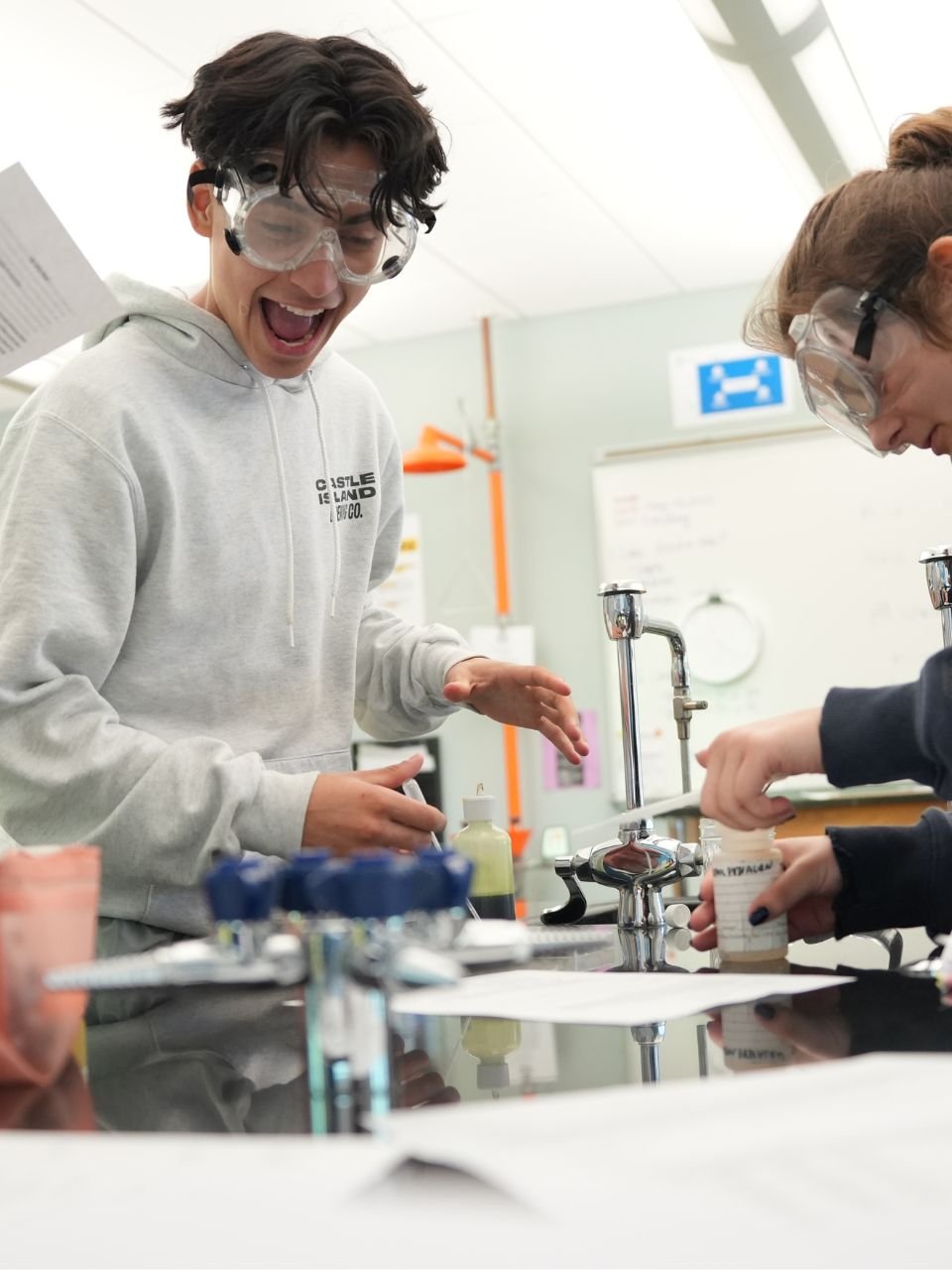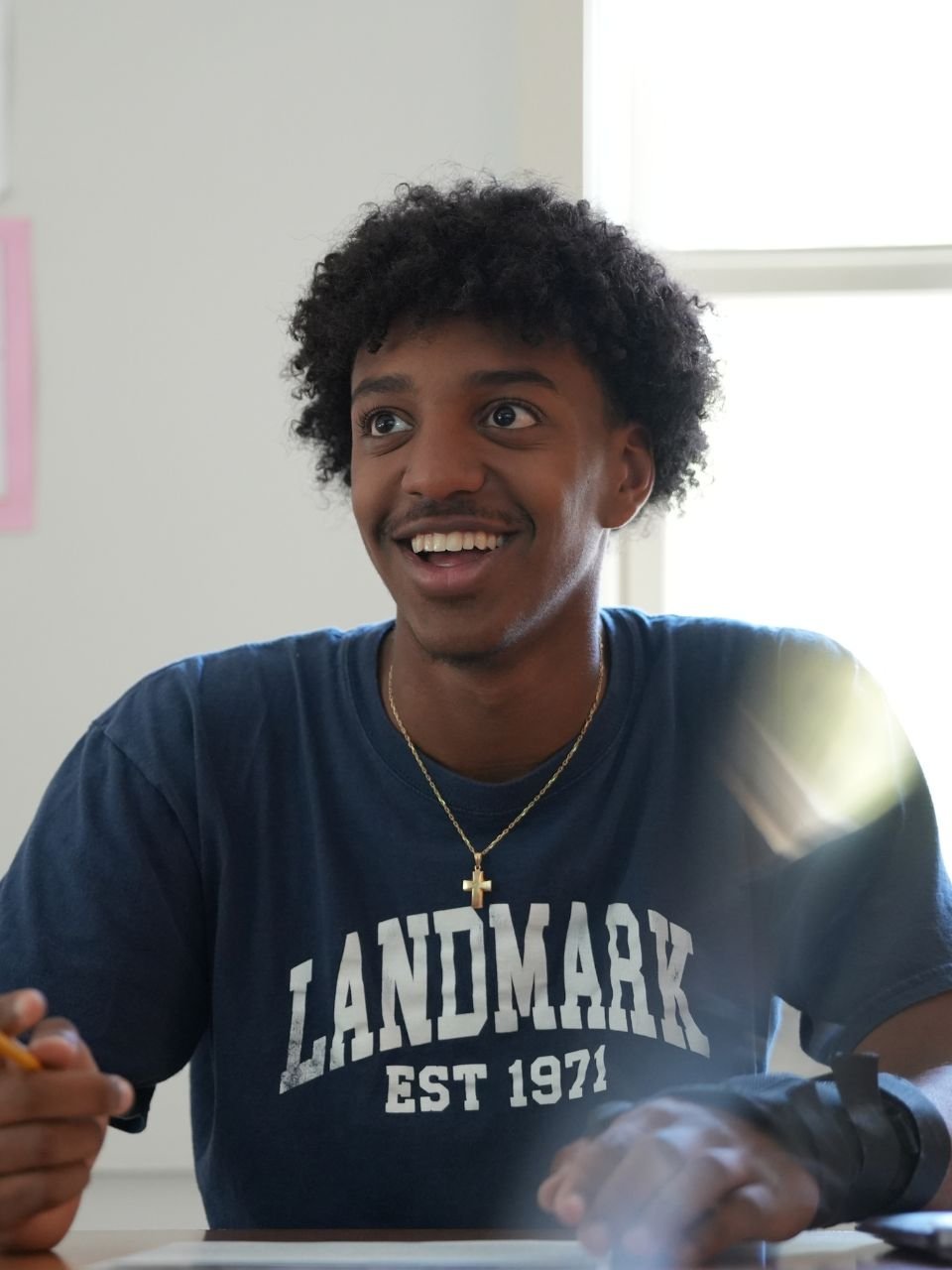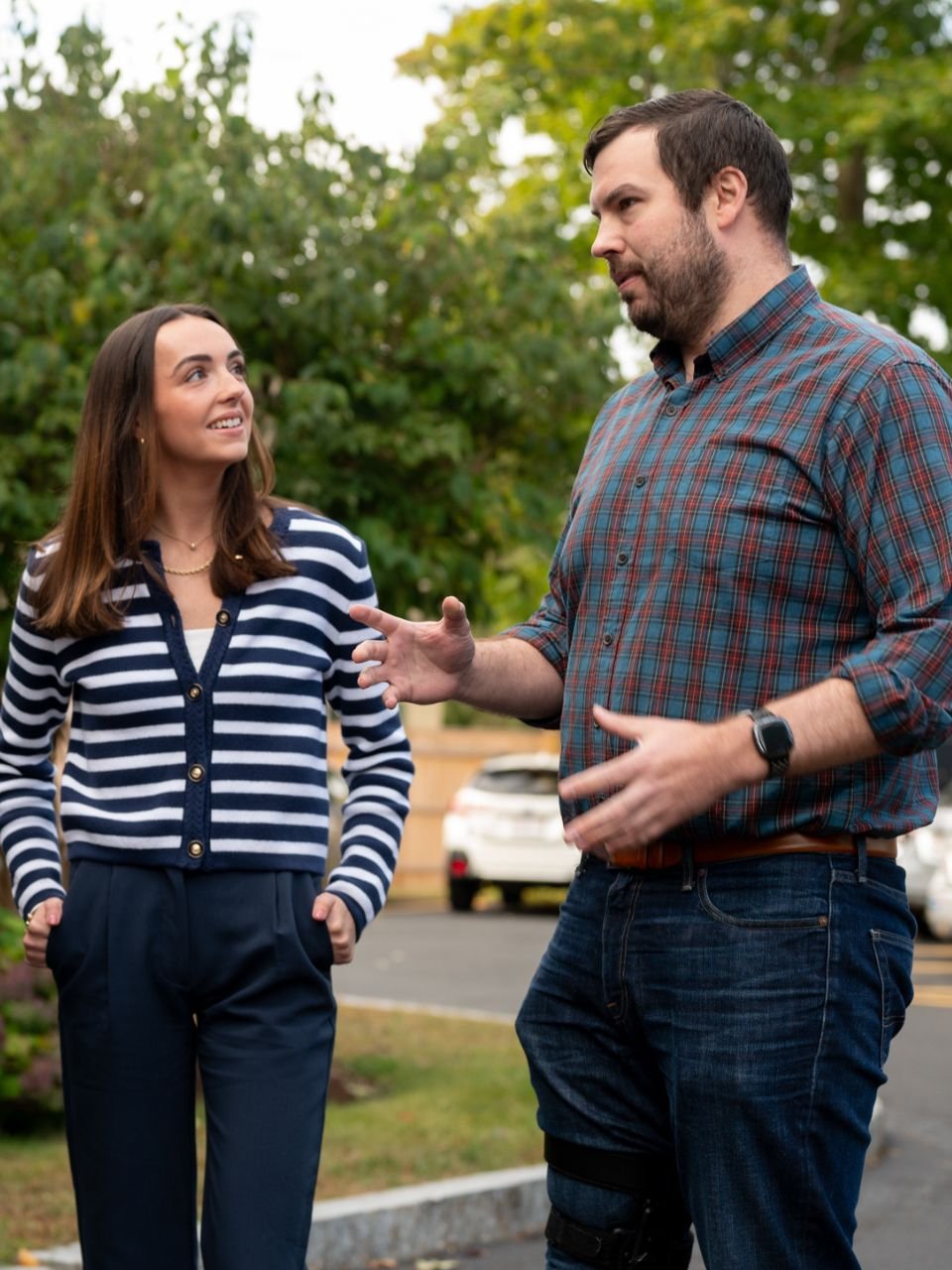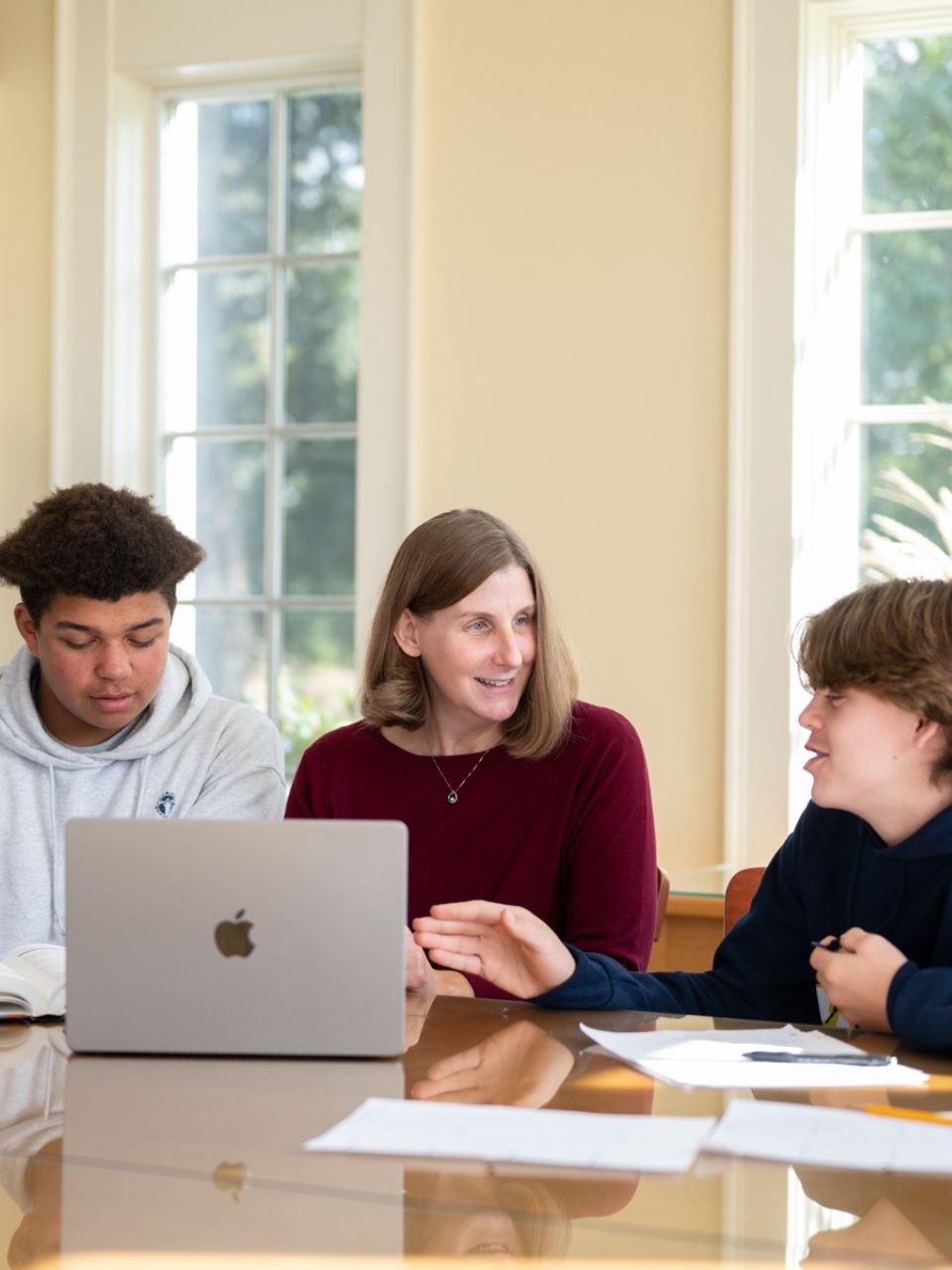- Our School
- Our Advantage
- Admission
- Elementary•Middle School
- High School
- Summer
- Giving
- Parent Resources
- For Educators
- Alumni
« Back
Black Lives Matter and Blue Lives Matter Explained
September 14th, 2020
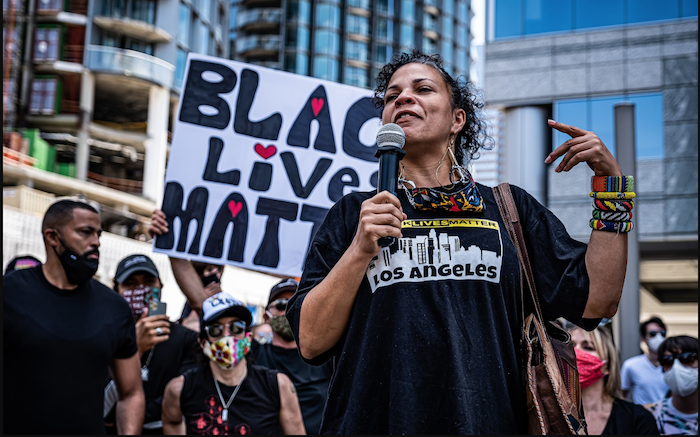
By Ariel Martin-Cone
Members of the Landmark High School administration crafted a thoughtful and meaningful explanation of the Black Lives Matter and Blue Lives Matter movements for the student body. The article provides clarifying examples that will help students understand the intricacies of the movements, which are often misunderstood.
Black Lives Matter is a peaceful movement working to recognize the importance of the lives of Black Americans and fight for racial justice and equality. The organization Black Lives Matter started in 2013 in response to the killing of Trayvon Martin. Since then, organizers have created a network of people who want to raise awareness of inequality to work toward equal treatment for Black Americans. After the killings of Ahmaud Arbery, Breonna Taylor, and George Floyd this spring, people across the United States and the world joined protests in support of the ideas of and organization behind Black Lives Matter. The phrase "Black Lives Matter" is both very important and often misunderstood.
Don’t all lives matter?
Black Lives Matter means that Black lives matter as much as any other life—not more, not less. The phrase is important because it focuses attention on the many ways in which Black lives have not been treated with respect or equality throughout the history of the United States. Saying “All Lives Matter” in response to Black Lives Matter doesn’t recognize the specific challenges that Black Americans are facing and can imply that Black people have been treated equally.
So why do people get upset when someone says All Lives Matter?
Here’s one way to think about it:
“Sonya Renee Taylor, author and founder of "The Body Is Not an Apology," likens it to your wife asking you if she's pretty and you responding 'all people are pretty.' It's probably not going to go over very well in your family, right?," said Taylor. "Your wife is probably going to have a problem with that. Because what she wants in that moment is specificity. You know, what's desired in that moment is to be seen in her unique experience with you. And that's what Black people are asking for right now: to be seen in our unique experience in the world. To actually be seen and valued." (Source: CBS News)
Another example is Breast Cancer Awareness month. When athletes and people across the country wear pink in October to support breast cancer, they are not ignoring lung cancer, skin cancer, prostate cancer, or any other cancer. They’re calling for specific attention to an important and particular cause.
What about Blue Lives Matter and Back the Blue?
Similar to All Lives Matter, Blue Lives Matter is often used in contrast or as an argument to Black Lives Matter. The Black Lives Matter movement is not saying that the lives of police officers (or firefighters) are not as important as Black citizens. The goal is equality. Police officer’s lives matter and Black lives matter. Police departments provide valuable and often dangerous services to our communities and in our country. Black Lives Matter is not anti-police, but police reform is a significant element in the movement, including discussion on how police departments are funded and how we spend money on policing and community support. There is an understandable level of tension between Black Lives Matter protesters and Blue Lives Matter/Back the Blue supporters as many of the protests were sparked by the death or injury of a Black person in a police-involved shooting.
There are endless articles, podcasts, and lesson plans about Black Lives Matter. A sampling of options is below, and we encourage you to read and listen to a wide array of voices and perspectives to better understand the perspective and experience of Black Americans.
News Articles and Blog Posts about Teenage Activism
- A Black High School Student’s Experience on a Predominantly White Campus
- Black Lives Matter Protests Bring Teen Activists into the Streets (Teen Vogue)
- "I Need People to Hear My Voice:" Teens Protest Racism (New York Times)
Landmark Diversity and Inclusion Advocates Resources
Podcasts
- Code Switch (NPR)
- What Matters (Black Lives Matter podcast)
Short Film
Author
Ariel Martin-Cone is the academic dean at Landmark High School.

Posted in the category Social and Emotional Issues.







